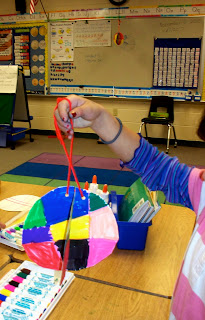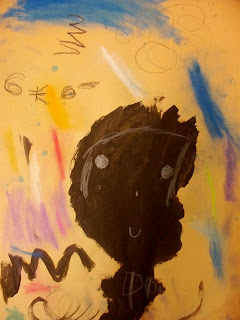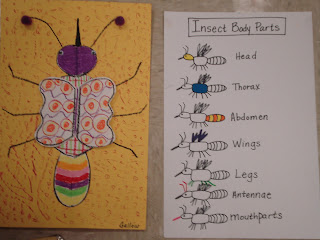This was a lesson that could be done with many different themes, but for second graders that were learning about the seasons, it not only helped reinforce what they were learning in science and writing, but, it helped them to think about color (warm and cool families), taught them about the printmaking process, and showed them how they could add dimensionality to their art with collage.
To begin, I read them a book about the seasons and we discussed the adjectives that described each one. What did each season make us think of? How does each one feel? Look? What colors do we see? Then we talked about a tree, and how a tree looks different in each season. We discussed how to draw a tree with bare branches and what lines we would use. The students practiced drawing a tree on scrap paper first, because I explained that once they pressed their pencils into the foam board, their drawing could not be erased. Each mark would show up in their print.
After doing a quick practice sketch, I gave each student a 4" x 6" piece of foam board and instructed them to draw their tree in the middle, being sure to use their space wisely, not drawing it too small. I told them to add a horizon line to their drawing, as well. Once they had made their tree drawing, it was time to print them on their paper. For each second grade class, we tried printing different colored inks on different colors of construction paper, so that we wouldn't have 5 classes with the same exact looking project. I set up a printing station in each classroom (this is the school where I teach art from a cart), and I called the students up by tables. They would bring their colored construction paper with their name on the back, and their tree drawing. I would ink their drawings, and they would roll the brayer over the back of the drawings to make the four prints. I found this was the most efficient way of doing this part of the project, but it was very time consuming, taking the whole class period to finish.
Once the prints were complete, they were set aside to dry until the next art class. During our next art class, the students were shown how to collage leaves and snow onto their trees and the ground areas of their pictures. We tried different collage materials or media in each class to make our leaves and snow. One class painted theirs on with q-tips dipped in tempera, two classes used felt, one class used small pieces of wadded up tissue paper and one used colored construction paper pieces. Each had nice results, but I think the most visually interesting projects were done with either the tissue paper or the felt.
After the students completed the collage part of their project, they were instructed to write about the seasons using the adjectives that we had talked about. They wrote around the perimeter of their picture quad in pencil, then they traced over their writing with fine point sharpie markers and erased the pencil underneath. The bilingual classes wrote in Spanish and some students chose to write rhyming sentences that read like a poem. The students were very proud of their work and received many compliments from admirers. Their art was just gorgeous on display throughout the hall!



















































